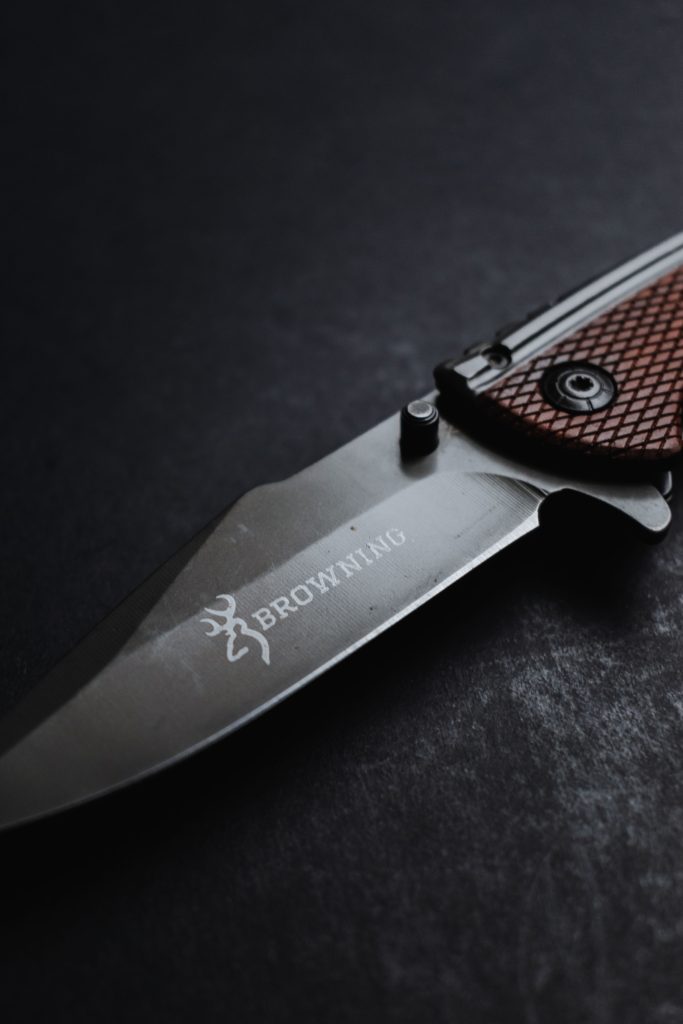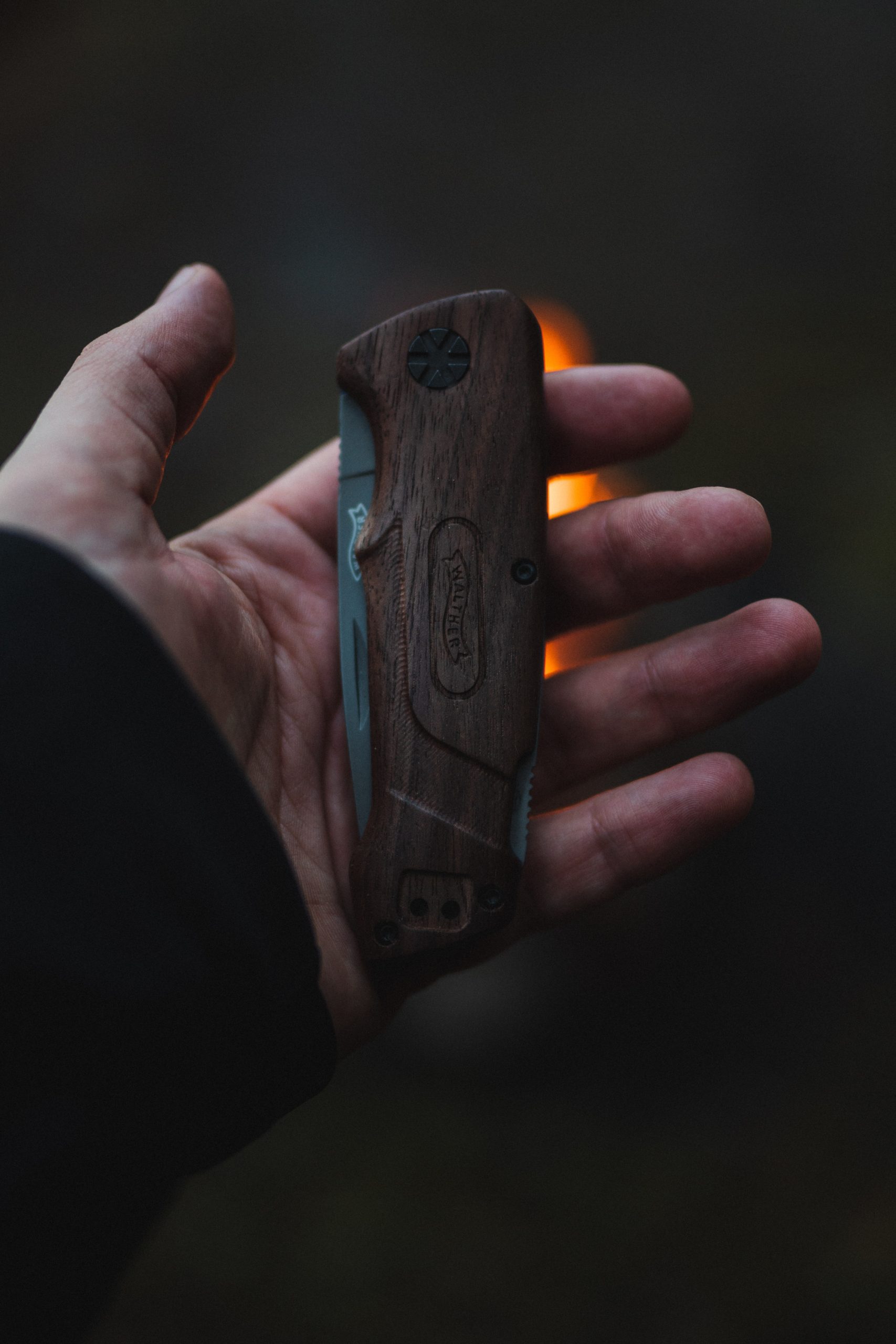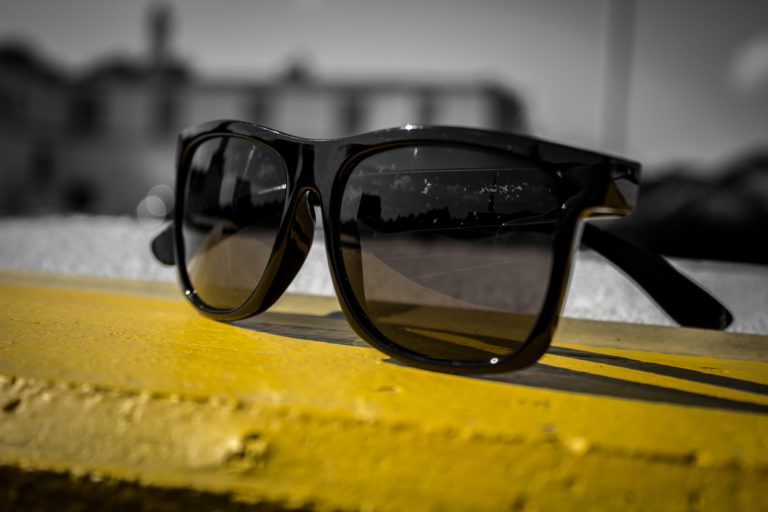Are you looking to learn the right way to close your pocket knife? It’s necessary knowledge for anyone who owns or uses a knife regularly, and it can be a bit intimidating for newcomers. Knowing how to safely close a pocket knife is an essential skill that allows you to use the tool properly and avoid any potential injuries. There are a few techniques and steps that should be followed whether you’re closing your folding blade manually or with a one-handed spring assisted version. In this blog post, we will discuss the importance of knowing how to correctly close your pocket knife, as well as provide helpful tips on how to do so safely. Keep reading for everything you need to know about safely closing different types of folding knives!
There are many different types of pocket knives, including:
- Folding knife
- Multi-tools
- Slip joint knife
- Lock-blade knife
- Fixed-blade knife
We’ll review each one to make sure you can handle these pocket knives with safety.
1. Folding Knife:

These are the most common type of pocket knife. They have a blade that folds into the handle, which makes them compact and easy to carry. To close a folding knife, follow these steps:
- Hold the knife in your dominant hand, with the blade facing away from your body.
- Grasp the handle of the knife with your thumb and index finger.
- Use your thumb to push down on the blade, while holding the handle steady with your index finger.
- Continue to push the blade down until it is fully contained within the handle.
- Make sure the blade is securely locked in place before releasing the knife.
It’s important to be careful when closing a folding knife, as the blade can be sharp, and you don’t want to cut yourself. Also, be sure to follow the manufacturer’s instructions for closing the knife, as different models may have specific requirements.
2. Multi-tools:
To close a multi-tool knife, you will need to follow a series of steps to ensure that the blade and other tools are securely locked in place. First, hold the knife in your dominant hand with the blade facing away from your body. Grasp the handle of the knife with your thumb and index finger, and use your thumb to push down on the blade while holding the handle steady with your index finger. Continue to push the blade down until it is fully contained within the handle, and make sure that it is securely locked in place before releasing the knife. To close the other tools on the multi-tool knife, simply repeat this process for each tool. It is important to be careful when closing the knife, as the blade and other tools can be sharp, and you don’t want to cut yourself. Make sure to follow the manufacturer’s
3. Slip Joint Knife:
These are folding knives that do not lock in place when opened. They have a spring mechanism that allows the blade to be held in place when in use, but it can be easily closed with a simple push. To close a slip joint knife, follow these steps:
- Hold the knife in your dominant hand, with the blade facing away from your body.
- Grasp the handle of the knife with your thumb and index finger.
- Use your thumb to push down on the blade, while holding the handle steady with your index finger.
- Continue to push the blade down until it is fully contained within the handle.
- Make sure the blade is securely locked in place before releasing the knife.
Slip joint knives are different from other types of pocket knives because they do not have a locking mechanism to hold the blade in place when it is opened. Instead, they rely on a spring mechanism that allows the blade to be held in place when in use, but it can be easily closed with a simple push. This means that you will need to use a little more force when closing the blade to ensure that it is securely locked in place.
4. Lock Blade Knife
Lock blade knives are different from other types of pocket knives because they have a mechanism that locks the blade in place when it is opened. This makes them more stable and safer to use than slip joint knives. To close the blade, you will need to release the lock mechanism before pushing the blade back into the handle. This may require a little more force than closing a slip joint knife, as the blade will be held securely in place by the lock mechanism.
5. Fixed Blade Knives:
Fixed blade knives do not have a folding blade, so there is no need to close them. Instead, you will simply need to sheathe the blade when it is not in use. To do this, follow these steps:
- Hold the knife in your dominant hand, with the blade facing away from your body.
- Grasp the handle of the knife with your thumb and index finger.
- Carefully slide the blade into the sheath, making sure to keep your fingers away from the edge of the blade.
- Once the blade is fully contained within the sheath, release the knife.
Fixed blade knives are larger and more durable than folding knives, and are often carried in a sheath on the belt. They do not have a folding blade, so there is no need to close them when they are not in use. Simply sheath the blade to protect it and keep it from accidentally cutting someone.
Wrapping Up
From a simple folding knife to a heavy-duty fixed-blade, you should now be able to feel more confident in picking out the right type of closing mechanism for your own needs. We hope that this guide gave you all the information you needed about proper knife care and understanding what different closing mechanisms mean as to ensure use safely and effectively with any knife. After seeing these options, it’s up to you to decide which one is best for you and your situation. Just remember that safety should come first when using knives of any kind, regardless of closing mechanisms. Also, make sure to keep an eye on your knives throughout time and make sure they are in good condition, since locking mechanisms can break or fail with extended us without maintenance or leaving them sitting for long periods of time without inspection. Let us know if these guide were any help on how to close different knives, as well as give us any feedback or opinions, so we can help improve our guides in the future!












One Comment